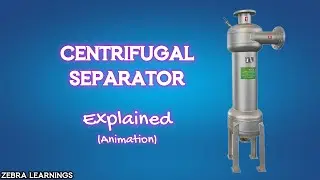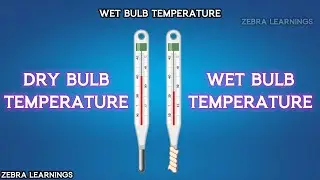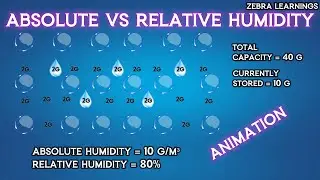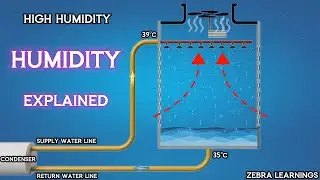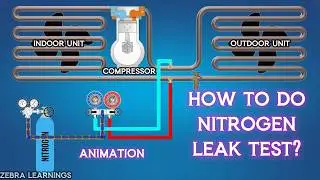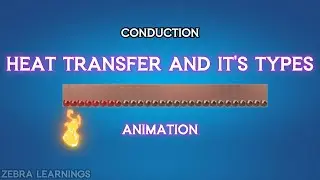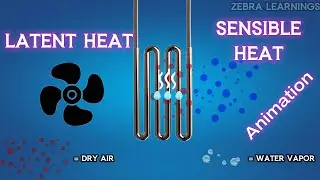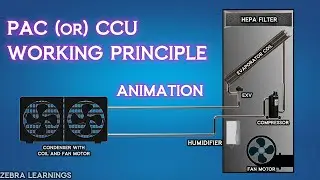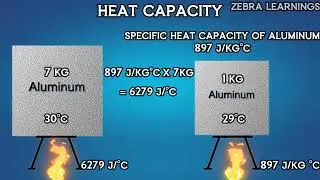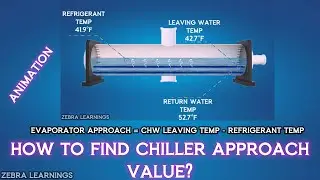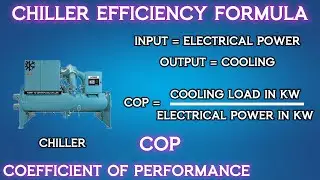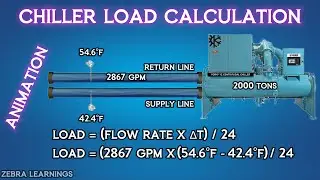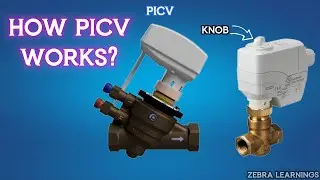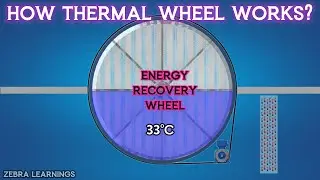Centrifugal Separator Explained | Animation |
Centrifugal separators in chiller plant condenser water systems play a critical role in maintaining water quality and system efficiency. These separators use centrifugal force to remove suspended solids and other contaminants from the condenser water, preventing them from fouling heat transfer surfaces and reducing system performance.
Function:
The condenser water, which circulates through the cooling tower and absorbs heat from the refrigerant, often contains suspended solids like sand, silt, and organic matter. These contaminants can accumulate on the condenser tubes, reducing heat transfer efficiency and increasing energy consumption.
The centrifugal separator creates a vortex within the water flow. Heavier particles are pushed towards the outer wall due to centrifugal force, while cleaner water remains at the center. The collected debris is periodically purged from the separator.
Benefits:
Improved Heat Transfer: By removing suspended solids, centrifugal separators ensure that the condenser tubes remain clean, maximizing heat transfer efficiency and reducing the chiller's energy consumption.
Reduced Maintenance: Preventing debris buildup in the condenser reduces the need for frequent cleaning and maintenance, saving time and labor costs.
Extended Equipment Life: Cleaner water helps protect the condenser and other system components from corrosion and erosion, extending their lifespan and reducing the need for premature replacements.
Water Conservation: Efficient heat transfer reduces the amount of water needed for cooling, contributing to water conservation efforts.
Typical Installation:
Centrifugal separators are typically installed in the condenser water return line, before the water enters the condenser. This ensures that the water entering the condenser is as clean as possible.
Additional Considerations:
While centrifugal separators are effective in removing many types of contaminants, they may not be suitable for removing very fine particles or dissolved solids. Other filtration or treatment methods may be necessary in conjunction with a centrifugal separator depending on the water quality requirements.
Regular maintenance of the separator, including periodic purging of collected debris, is important to ensure its continued effectiveness.
In conclusion, centrifugal separators are a valuable tool for maintaining condenser water quality and improving the overall efficiency and reliability of chiller plant systems.
Thanks for PNGTREE.COM for free images.








